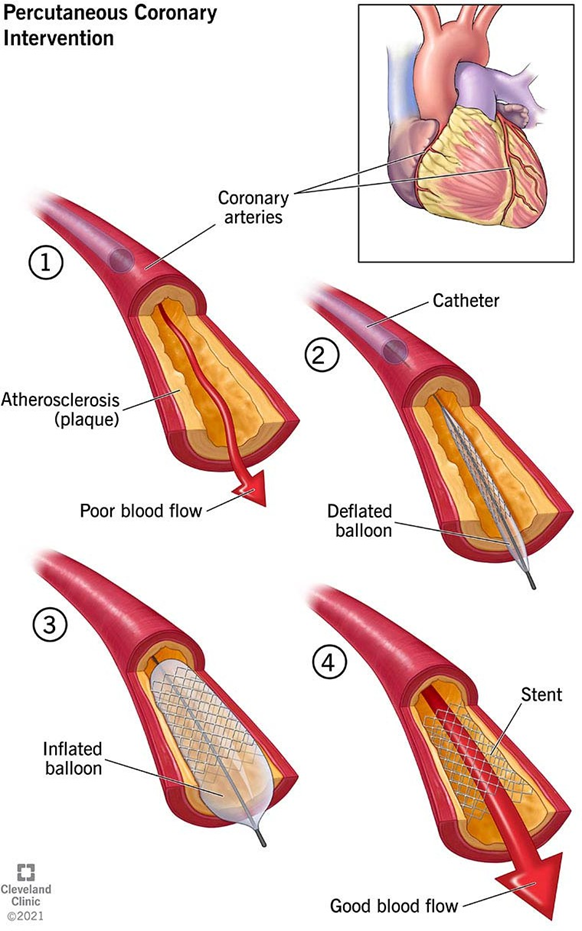As a nurse preparing for the admission of a child diagnosed with acute-stage Kawasaki disease, what clinical manifestation of the acute stage of the disease should be anticipated during the assessment?
Cracked lips.
Conjunctival hyperemia.
A normal appearance.
Desquamation of the skin.
The Correct Answer is B
Choice A rationale
Cracked lips are a symptom of Kawasaki disease, but they are more commonly associated with the subacute phase of the disease, not the acute phase.
Choice B rationale
Conjunctival hyperemia, or redness of the whites of the eyes, is a common symptom in the acute phase of Kawasaki disease. It typically presents as bilateral, non-exudative conjunctival injection, primarily in the bulbar conjunctivae.
Choice C rationale
A normal appearance is not typically seen in the acute phase of Kawasaki disease, which is characterized by a high fever and at least four of the five main symptoms, including conjunctival hyperemia.
Choice D rationale
Desquamation of the skin, or peeling, is a symptom of Kawasaki disease, but it typically occurs in the subacute phase, not the acute phase.
Nursing Test Bank
Naxlex Comprehensive Predictor Exams
Related Questions
Correct Answer is B
Explanation
Choice A rationale
A pleural friction rub is an audible raspy breathing sound, a medical sign present in some patients with pleurisy and other conditions affecting the chest cavity. It is not a typical symptom of cardiac tamponade.
Choice B rationale
Distended neck veins are a result of the collapsed blood vessels that should return blood to the heart. This is a common symptom of cardiac tamponade.
Choice C rationale
Widening pulse pressure occurs with valvular heart disease, not typically with cardiac tamponade.
Choice D rationale
Bradycardia, or a slower-than-normal heart rate, is not typically associated with cardiac tamponade.
Correct Answer is D
Explanation
Choice A rationale
Exercise electrocardiography, also known as a stress test, is not typically the first-line emergent procedure for a patient with an acute myocardial infarction (AMI). This test is often used to diagnose coronary artery disease, but it is not typically used to treat an AMI5.
Choice B rationale
A computed tomography (CT) scan of the chest with contrast could be used to visualize the heart and surrounding structures, but it is not typically the first-line emergent procedure for a patient with an AMI5.
Choice C rationale
An echocardiogram could be used to visualize the heart’s structure and function, but it is not typically the first-line emergent procedure for a patient with an AMI5.
Choice D rationale
Percutaneous coronary intervention (PCI) is the correct answer. This procedure is often used as an emergent treatment for an AMI. It involves using a catheter to place a small structure called a stent to open up blood vessels in the heart that have been narrowed by plaque buildup.

Whether you are a student looking to ace your exams or a practicing nurse seeking to enhance your expertise , our nursing education contents will empower you with the confidence and competence to make a difference in the lives of patients and become a respected leader in the healthcare field.
Visit Naxlex, invest in your future and unlock endless possibilities with our unparalleled nursing education contents today
Report Wrong Answer on the Current Question
Do you disagree with the answer? If yes, what is your expected answer? Explain.
Kindly be descriptive with the issue you are facing.
